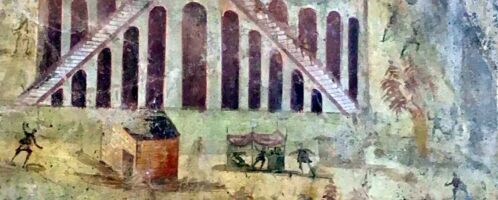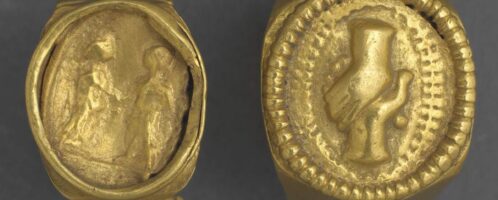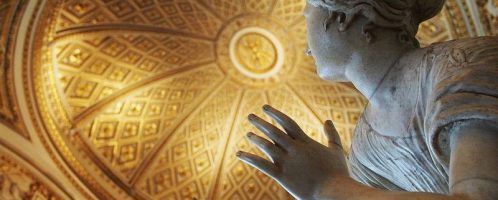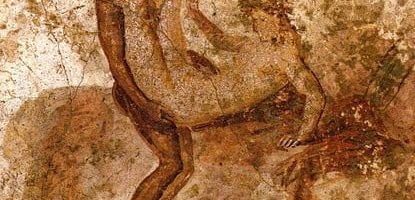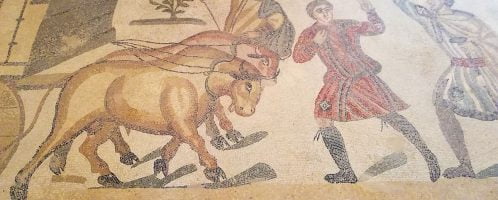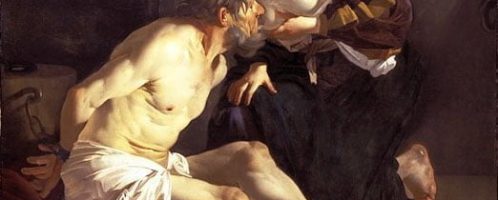If you have found a spelling error, please, notify us by selecting that text and pressing Ctrl+Enter.
Curiosities of ancient Rome (Unknown facts)
The world of ancient Romans abounded in a number of amazing curiosities and information. The source of knowledge about the life of the Romans are mainly works left to us by ancient writers or discoveries. The Romans left behind a lot of strange information and facts that are sometimes hard to believe.
Did Romans wear rings as sign of love?
In the Roman world, there was no distinction between the wedding ring and the engagement ring. Roman on the occasion of the wedding was donating a ring to his chosen woman. However, this was not proof of love, but rather a subordination of a woman and recognition of her as property. In this way, the future husband clearly stated that the woman he married belongs only to him. It is brutal, but this is what the paternalistic Roman society looked like.
Casta and incestum – Roman values
Roman social relations were based on the existence of two values. For example, a Roman woman who remained loyal to her husband and proved herself as a good wife was referred to as casta, meaning “pure”. THe phase castitas allowed a man to commune with the gods and make sacrifices.
Where was Julius Caesar killed?
The dictator and the great Roman general, Julius Caesar, was murdered on March 15, 44 BCE in Ides of March, in the middle of the month, which was devoted to the war god – Mars. Everyone knows that. The question is, however, where and what is there now?
Snake – important symbol in Roman art
The snake was often depicted in Roman art and jewellery. According to Roman beliefs, it secured the family’s prosperity.
Caesar and letter
In 63 BCE a Senate meeting took place regarding the Catiline conspiracy. It was attended by all prominent politicians of Rome, including Julius Caesar and Marcus Portius Cato, called Cato the Younger.
Sex in world of ancient Romans
Traffic jams in ancient Rome
In ancient Rome, as today, there were traffic jams, which the authorities tried to remedy in various ways. The streets of Rome were crowded with both pedestrians and sledges. The Eternal City was problematic in terms of traffic because of: irregular city buildings, high population density and warm climate, which encouraged people to leave their homes.
Caritas Romana
Caritas Romana (“Roman Charity”) is the story of a woman named Pero, secretly breastfeeding her father Cimon after he was condemned to death by starvation. After the discovery of the daughter’s dedication (pietas) Cimon was pardoned.
Vespasian was a good emperor
Emperor Vespasian was known for his intelligence, sympathetic manner, and commanding skills. In the case of natural disasters, he supported poorer senators or equites. Generally, he was generous towards writers and rhetorics, who were paid 1000 gold a year. The first to receive such a grant from the ruler was Quintilian – a public teacher. Pliny the Elder, in turn, his main work “Natural History” was written during the reign of Vespasian, and he dedicated it to the son of the emperor, Titus.

